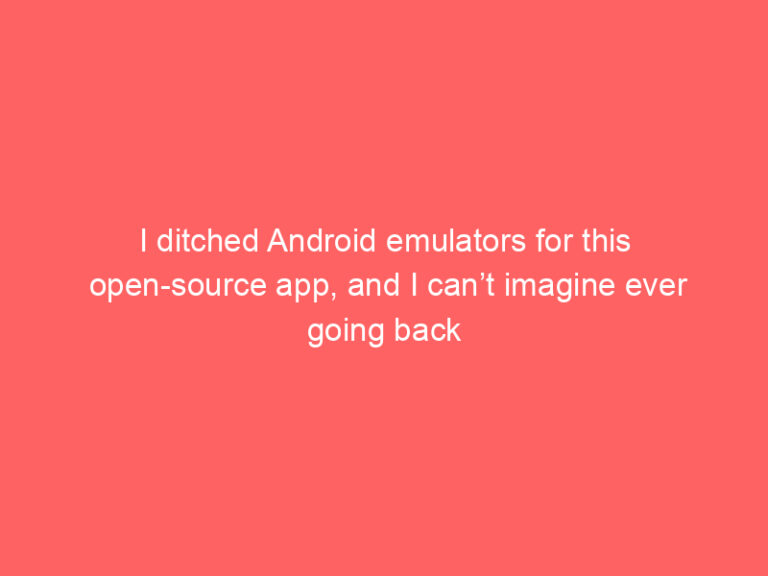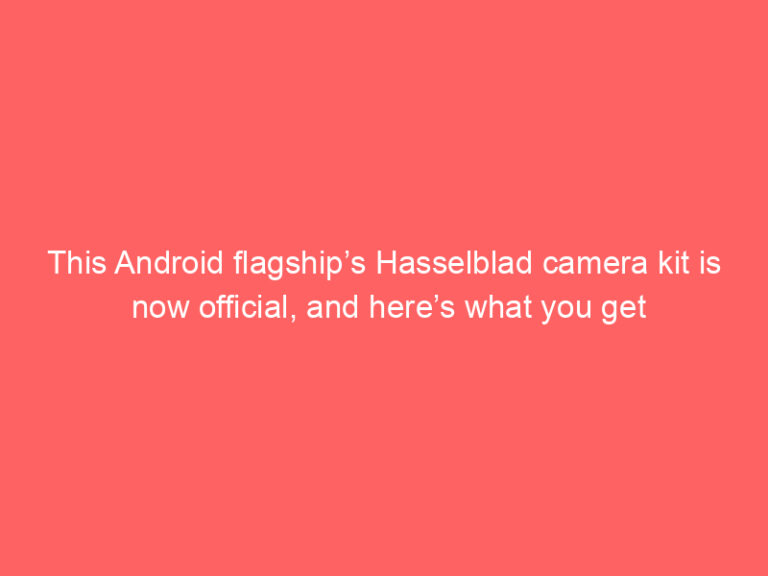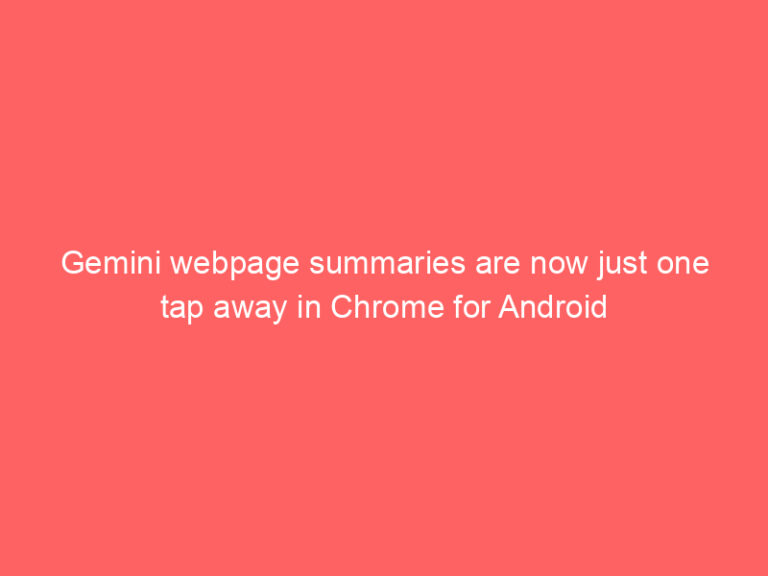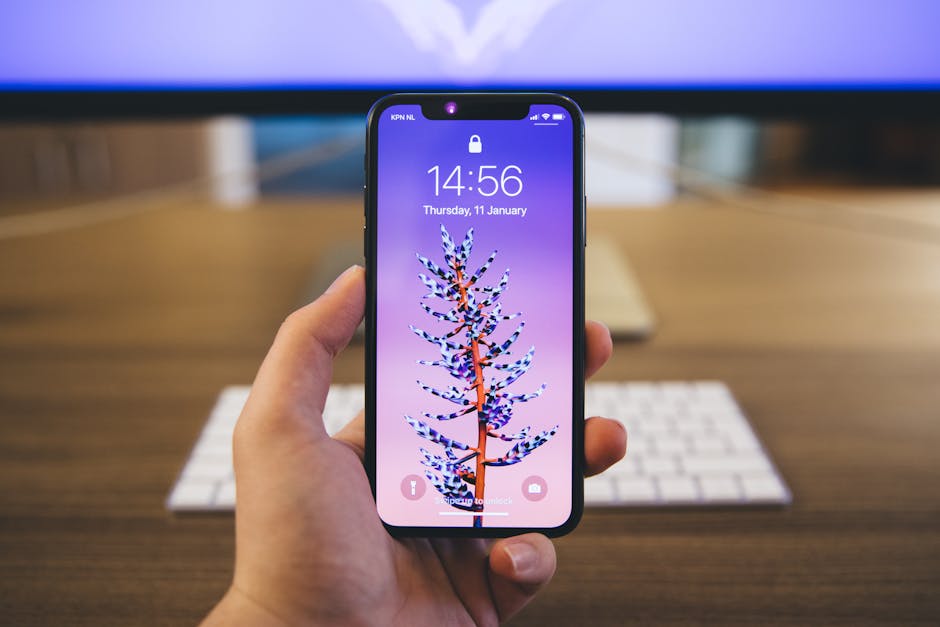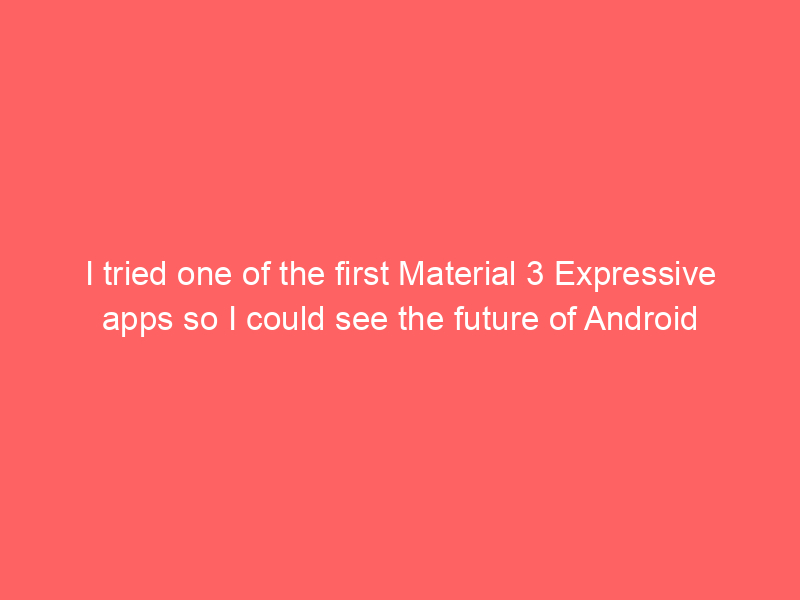
The Future is Now: Exploring Material 3 Expressive on Android
The world of Android development is constantly evolving, with Google pushing the boundaries of what is possible with the Material Design platform. The latest iteration, Material 3, brings a plethora of new features and possibilities, including Expressive Design. This cutting-edge tool allows developers to incorporate dynamic animations and interactive elements directly into their apps, providing a whole new dimension of creativity and user engagement.
As a passionate tech enthusiast, I couldn’t resist diving into the world of Material 3 Expressive and experiencing the future of Android firsthand. Here’s a glimpse into my initial impressions of this revolutionary feature:
A Feast for the Eyes:
Material 3 introduces a new layer of visual depth and flexibility to app design. Developers can define complex animations and transitions between different UI elements, resulting in truly mesmerizing user experiences. From subtle transitions between elements to breathtaking animations across the entire screen, Material 3 makes designing engaging and interactive apps a joy.
Interactive Elements:
One of the most exciting features of Material 3 Expressive is its ability to incorporate interactive elements directly into your layouts. This opens up a whole new world of possibilities for developers, allowing them to create apps that not only look stunning but also feel incredibly alive and responsive.
Beyond Static Images:
Material 3 Expressive is not limited to static images and backgrounds. Developers can now seamlessly incorporate animated GIFs and videos into their apps, adding a dynamic element to the visual storytelling of their creations. This feature opens doors to innovative app experiences that truly come alive.
A Glimpse into the Future:
Material 3 Expressive is not just about aesthetics; it also lays the foundation for a more performant and efficient future of Android development. The new rendering engine, Jetpack Compose, provides developers with greater control over the rendering process, resulting in smoother animations and improved performance across different devices.
Conclusion:
My initial exploration of Material 3 Expressive has been nothing short of awe-inspiring. This feature is poised to revolutionize the Android development landscape, allowing developers to create visually stunning and engaging apps that feel alive and responsive. While it might be a nascent feature, the potential it holds is immense, and I can’t wait to see how it evolves and shapes the future of mobile technology.

